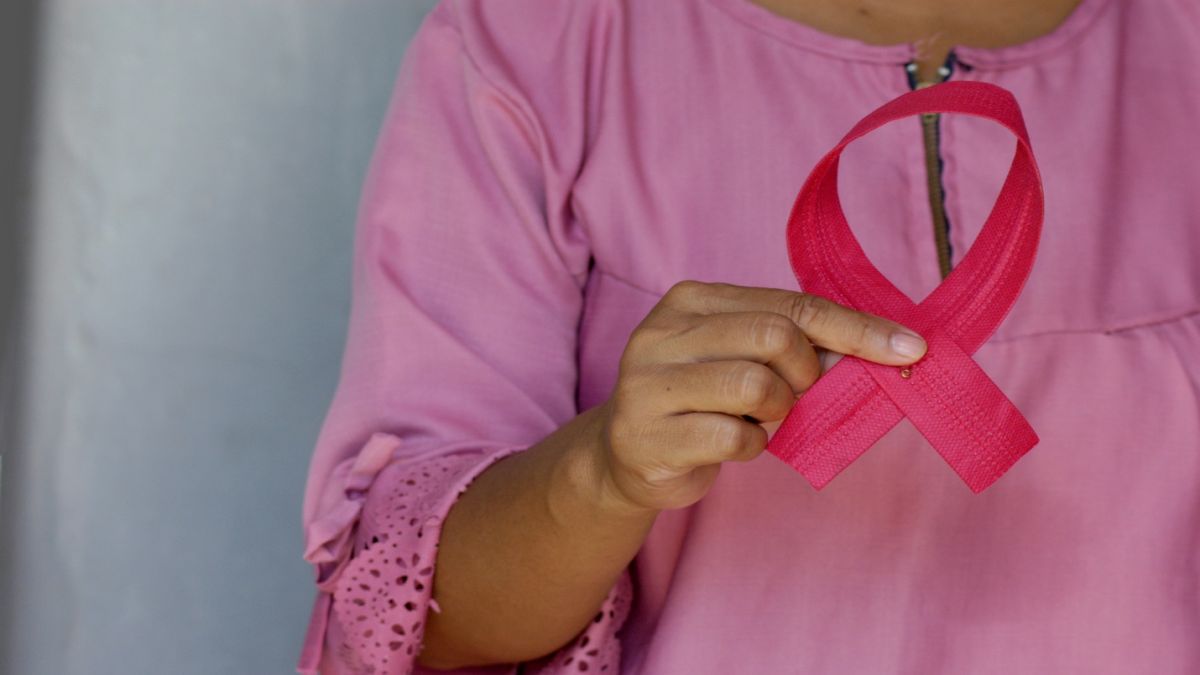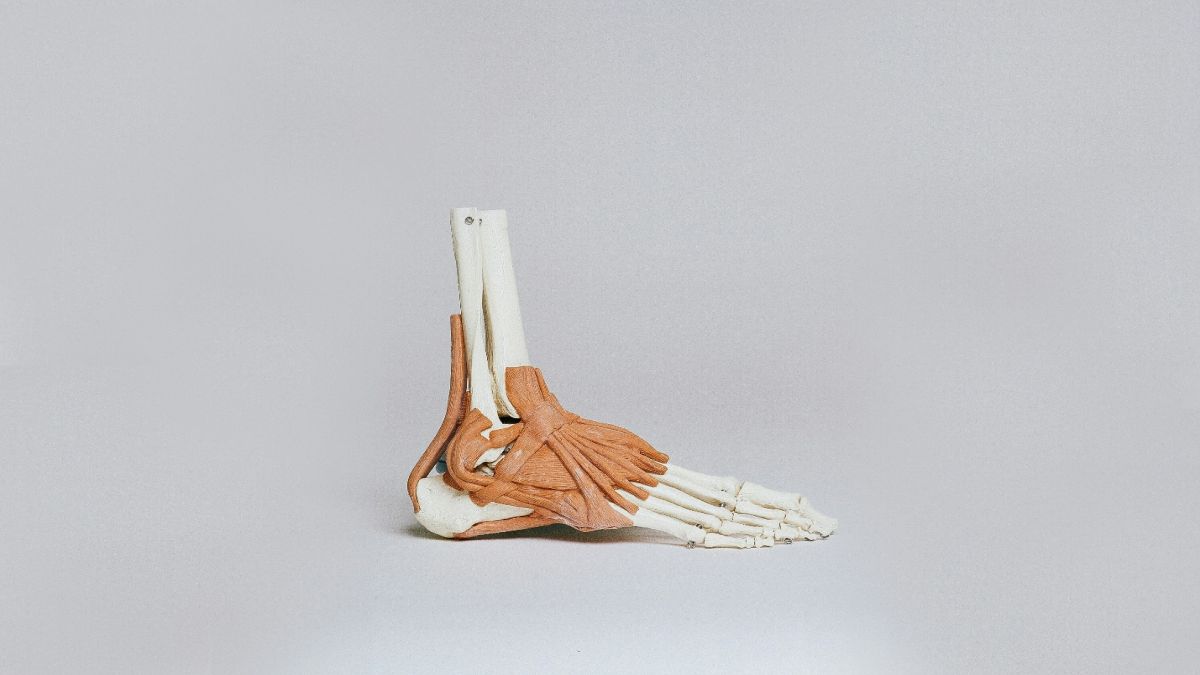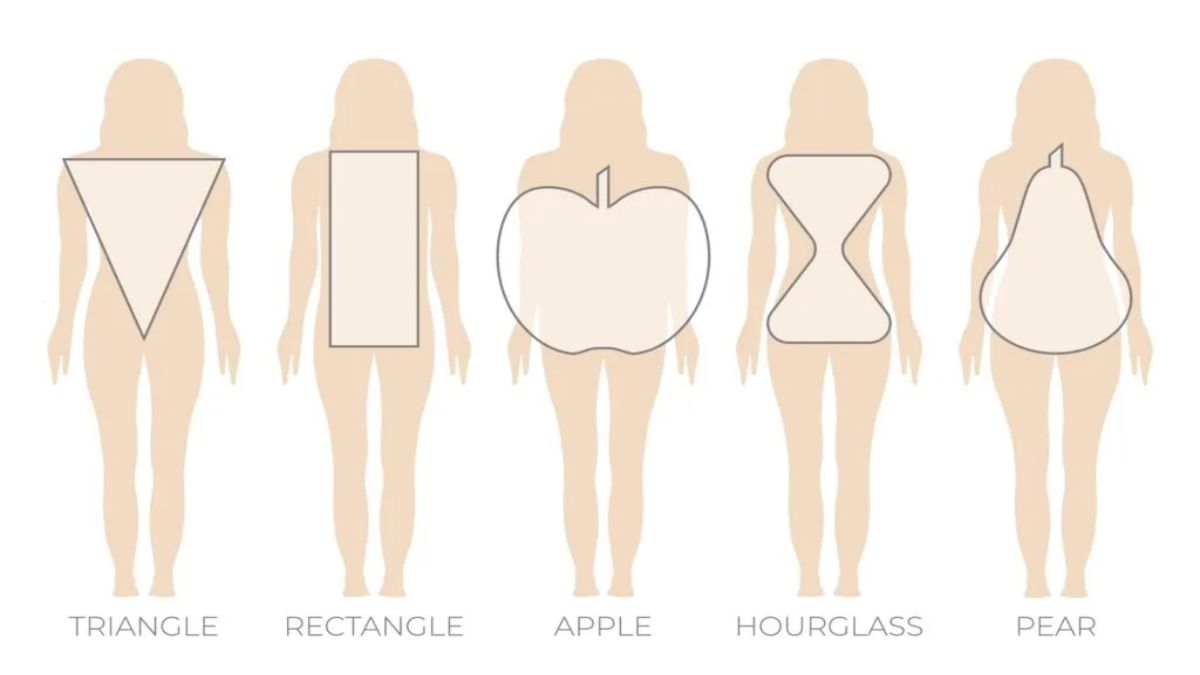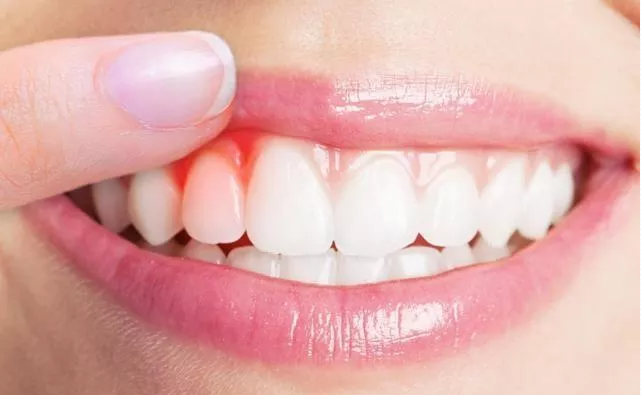Prevention and Detection of Common Diseases in Women
Our biological makeup can put us at risk of certain diseases. As per WHO, there were 2.3 million women diagnosed with breast cancer.
Early detection can help doctors begin treatment before the disease spreads and this can be life saving in many situations.
Some common diseases such as UTIs, Osteoporosis, complications in pregnancy, stroke and many others that impact biological females, are discussed in this article to help you detect and prevent them.
1. Heart Attack
Heart disease is a common cause of death in women. The risk of heart attack increases as we age and are often influenced by factors such as genetics, environment, and lifestyle.
Symptoms:
●Pain in chest
●Shortness of breath
●Immoveable left arm or the left side of the body
●Nause or vomiting
High blood pressure, higher levels of cholesterol, low estrogen and obesity are some other factors that can also increase the risk of heart attack.
If you have hypertension or have had a stroke in the past, you should see your doctor regularly and take medications to reduce the risk of heart attack.

2. Stroke.
As per CDC, women have a greater chance of suffering stroke between the ages of 55 and 75. Almost 57% of stroke deaths also occur in females.
Therefore, it is necessary to take care and if any of the following symptoms are present, see your health care provider soon.
Symptoms:
●Weakness of numbness in face
●Troubled speech
●Partial or complete loss of vision or blurriness
●Dizziness
●Unable to walk or stand up
●Fainting
●Pain in left side of the body
Stroke is a medical emergency and if you feel that your or someone else is showing these symptoms you should call an ambulance or take them to the hospital right away.
3. Diabetes
Diabetes effects both men and women however, it can have drastic affects on women who can develop other health complications as a result.
Some pregnant women can also develop gestational diabetes when their glucose levels rise. This can be dangerous and life threatening.

Symptoms:
●Intense thirst
●Frequent urination
●Unexpected weight loss
●Tiredness and weakness
●Lethargy
●Slow healing of wounds
●Blurry vision
The risk of Type 2 diabetes increases with obesity, diabetes running in the family, and sedentary lifestyle. Early medication and prevention can help alleviate the symptoms.
Treatment of diabetes can include switching to a healthy diet, avoiding sugar, blood glucose monitoring and administering insulin.
4. Maternal health issues
Pregnancy can impact health in many ways. It can cause anemia, gestational diabetes and high blood pressure. Therefore, it is important to take care of nutrition and prevent illnesses by taking certain precautions.
Common health problems in pregnancy
●Hypertension
●Headache
●Morning Sickness
●Infections
●Backache
●Gestational diabetes
Preconception care is also a good idea when planning to conceive. The brain of the embryo starts to form within the first few weeks of pregnancy even when most women have not found out about pregnancy.
A folic acid deficiency can lead to undeveloped brain or brain abnormalities. Therefore, it is recommended to get a consultation with your general practitioner or gynecologist before you plan to conceive.
5. Urinary Tract Infections
Urinary tract infections also known as UTIs are infections of the female urethra. These can occur when the bacteria travel through the urethra up into the bladder and multiply to cause an infection.

Symptoms of UTI
●Painful urination
●Dark color or bloody urine that is foul smelling
●Cramps in lower abdomen
●Low grade fever
●Strong need to urinate all the time even when bladder is empty
●Burning sensation in urethra
Treatment of urethra includes drinking plenty of water, eating a healthy diet and the GP’s recommended antibiotics.
To avoid UTIs in future, it is essential to practice good hygiene and stop the bacteria from coming in contact with your skin.
It means washing your clothes, especially underwear with disinfectants and using soap and water to clean after using the toilet.
6. HPV
HPV is the acronym for human papillomavirus. It is a sexually transmitted disease that can cause appearance of warts, on the body, in both male and females. There are more than 100 types of HPV, many of which are also linked to cervical cancer.
There are no symptoms of HPV, but it can cause a wart like growth around the genitals and other parts of your body. It can also cause high-risk abnormalities and cancer if left untreated.
To prevent HPV, practicing safe sex is important. Regular health checkups can detect the presence of HPV and early treatment can lower the risk of abnormalities or cancer.
7. Breast cancer
Breast cancer is one of the most common reasons for deaths in women worldwide. Women in the U.S alone have a 13% chance of developing cancer at some stage in their life.
Environment, childbirth, and other risk factors put more women at risk of developing breast cancer.
The best way to stay safe is early detection of breast cancer. Breast cancer can be detected as it can form lumps or cysts in the breasts in its early stage or it can lead to breast cancer.
Self-examination to identify any changes in breast or feeling of a lump can help you detect it. This should be reported to your healthcare provider right away.
Treatment of breast cancer involves making healthy lifestyle choices and quitting smoke. Maintaining healthy body weight and frequent self-examination of breast can help you minimize the risk of breast cancer.
8. Osteoporosis
Osteoporosis causes our bones to weaken and makes them more susceptible to fractures. Women who have been through menopause are at greater risk of bone injury due to osteoporosis.
Osteoporosis occurs because when the female body lowers the production of estrogen after menopause. Bone density deteriorates when vitamins and minerals such as calcium and phosphorus, etc. are no longer absorbed.
Risk of osteoporosis also increases based on a person’s lifestyle choices, early menopause, genetics and calcium intake.
To avoid osteoporosis your healthcare provider will run a bone density scan. This can help them understand which supplements you should be taking or diet you should have.
Staying active, quitting smoking and limiting alcohol can also help you feel better and lead a healthy life.
OTHER NEWS
-
- Should I continue brushing if my gums bleed?
- By Dr. James 21 Mar,2024

-
- Eating these foods can help bone fracture patients recover their health
- By Jason 05 Mar,2024

-
- How to relieve migraine after tooth extraction and its causes
- By Jason 14 Mar,2024

-
- The cause of abdominal bowel sounds
- By Jason 05 Mar,2024

-
- SUMMER DRESSES FOR DIFFERENT BODY TYPES
- By Fatima Amir 08 May,2024

-
- 5 Non-surgical Beauty Treatments for Better Skin
- By Fatima Amir 07 May,2024

-
- 6 Yoga Postures for Staying Fit in your 60s
- By Fatima Amir 17 May,2024

-
- How to Alleviate Lower Back Pain Through Diet
- By Jason 05 Mar,2024

-
- Life Insurance for Different Life Stages_ What to Consider.docx
- By Prodosh Kundu 14 Aug,2024

-
- Possible causes of facial swelling
- By Jason 06 Mar,2024

-
- Questions to Ask your Doctor after Menopause and Health Chechups
- By Fatima Amir 23 May,2024

-
- Things You Need to Know About Gum Bleeding
- By Dr. James 21 Mar,2024

 1
1 1
1